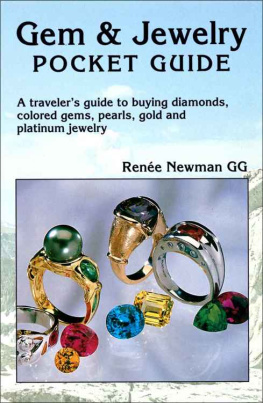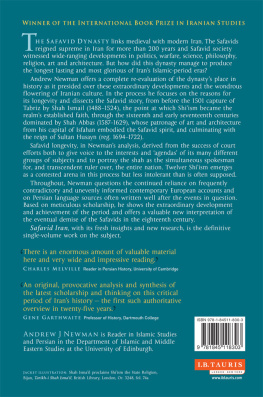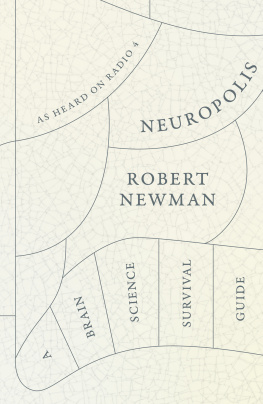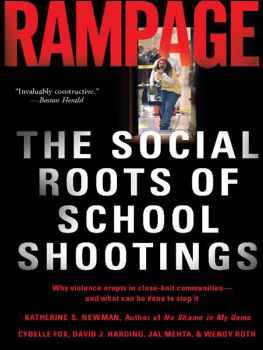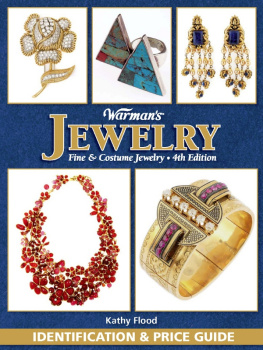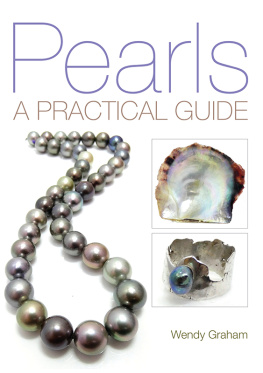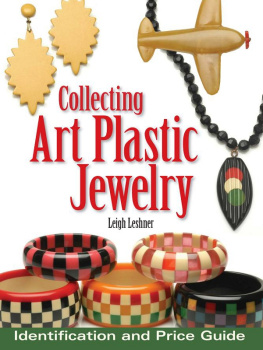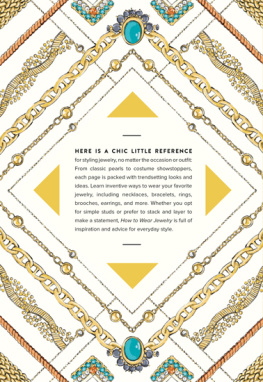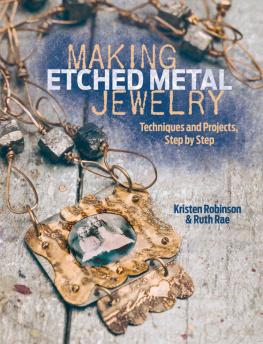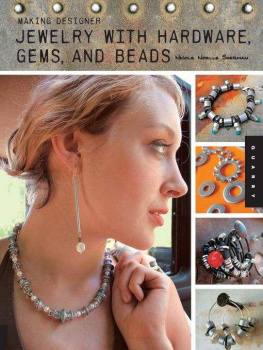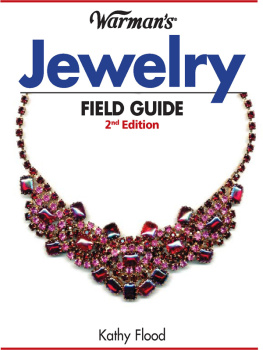Gem & Jewelry
POCKET GUIDE
A travelers guide to buying diamonds, colored gems, pearls, gold and platinum jewelry

Rene Newman
International Jewelry Publications
Los Angeles

Copyright 2015 by International Jewelry Publications
First published 2001
Revised & reprinted 2003
Revised & reprinted 2005
Revised & reprinted 2006
Revised & reprinted 2007
Revised 2015 (First digital edition)
All rights reserved. No part of this book may be used, reproduced, or transmitted in any manner whatsoever without written permission from the publisher except in the case of brief quotations used in critical reviews and articles. This publication is sold with the understanding that the publisher and author are not engaged in rendering legal, financial, or other professional services. All inquiries should be directed to:
International Jewelry Publications
P.O. Box 13384, Los Angeles, CA 90013-0384 USA
(Include a self-addressed, stamped envelope with inquiry).
The Library of Congress Cataloging in Publication Data for the print version is available from the Library of Congress
ISBN: 978-0-929975-30-6 (print)
ISBN: 978-0-929975-49-8 (E-book)
Cover photo: Jewelry and gems from Cynthia Rene, Inc; photo: John Parrish. Cover background photo: Dean Lange.
Title page photo: Ruby, sapphire, emerald, diamonds and pearls. Rings and photo from Jye Luxury Collection.
Contents
Acknowledgments
Id like to express my appreciation to the following people for their contribution to the Gem & Jewelry Pocket Guide:
Dean & Lois Lange. They gave me the idea of writing a pocket guide for travelers.
Ernie and Regina Goldberger of the Josam Diamond Trading Corporation. This book could never have been written without the experience and knowledge I gained from working with them.
Eve Alfill, C. R. Beesley, Michael Fleming, Pete Flusser, Josh Hall, Richard Hughes, James Joliff, Don Kay, Doug Kato, Jack Liu, Dean & Lois Lange, Beryl Kirk, Jurgen Maerz, Jeff Mason, Don Palmieri, Sindi Schloss, Kathrin Schoenke, Robert Shapiro, Nancy Stacy, John White and Cara Williams. Theyve made valuable suggestions, corrections and comments regarding the portions of the book they examined.
Carrie G Fine Gems, Peggy Croft, Ernie & Regina Goldberger, King Plutarco, Danny & Ronny Levy, Overland Gems, Andrew Sarosi, Timeless Gem Designs, Varna Platinum. Their stones or jewelry have been used for some of the photos.
AGIL, AGL, A & Z Pearls, AIGS, Eve Alfill, Robert Bentley, Barbara Berk, Martha Borzoni, Hassan Bounkit, Katy Briscoe, Evan Caplan, Loretta Castoro, Coast-to-Coast Rarestones, Columbia Gem House, Commercial Mineral Co, Sara Commers, Paula Crevoshay, Cynthia Rene Inc., Thomas Dailing, Desert Sun Mining, Different Seasons Jewelry, DMS Co., Gary Dulac, Roy Rudolph Duran, John Dyer, Earthstone Co., Lisa Elser, Claudia Endler, Finer Jewelry, Fire Agate Art Studio, GGTL, GIA, Dave Gibson, Mark Grunland, Gubelin, Cary Harris, Alexandra Hart, Vincent Hawley, Barbara Heinrich, Lou Hernandez, Hubert, Jade by Nikolai, Jye Luxury Collection, Lore Kiefert, Kings Ransom, Korite Intl, Joe Landau, Lang Antique & Estate Jewelry, Gail Levine, Jack Liu, Mark Henry Jewelry, Mason-Kay, Mayer & Watt, Fred Mouawad, Pearce Jewelers, Omi Priv, Pala Intl, Guy Pushee, Quadamas, Linda Quinn, Todd Reed, Repousse Jewelry, Whitney Robinson, Mark Sadovsky, Mark Schneider, Sherris Cottier-Shank, SSEF, Stone Group Labs, Studio Jewelers, Suna Bros, Three Graces Antique Jewelry, Varna Platinum, Stephen Vincent, Tatyana Vyalkin, Leslie Weinberg, Jeff White, Larry Woods, Zaffiro, and Clay Zava. Photos or lab reports from them have been reproduced in this book.
Louise Harris Berlin, the editor. Thanks to her, this book is easier for consumers to read and understand.
My sincere thanks to all of these contributors for their help.
1/Colored Stone Price Factors in a Nutshell
The following factors can affect the prices of colored gems:
Color
Cut quality (proportions and finish)
Stone shape and cutting style
Carat weight or stone size
Clarity (degree to which a stone is free from flaws)
Transparency (degree to which a stone is clear, hazy, cloudy or opaque)
Treatment status (untreated or treated? type and extent of the treatment)
Distinctness of phenomena if present (e.g., stars, cats-eyes, alexandrites color change, opals play-of-color)
The pricing of colored gems is also determined by market factors such as demand, form of payment, buyers credit rating, amount purchased and competitors prices. Sometimes you can find the same dealer selling a stone of higher quality for less than one of lower quality. This is because the rough for the higher quality stone may have cost less. Or, the rate of currency exchange could have been more favorable at the time the dealer purchased it. Therefore, you should not assume that higher price necessarily means higher quality. Conversely, lower price is not necessarily indicative of a deal.
Why the 4 Cs isnt an Adequate Pricing System
You may be surprised that there are more than four price factors if youve heard about the 4 Cs of color, cut, clarity and carat weight. The 4 Cs system of valuing gems is a clever, convenient way to explain gem pricing. The problem is that it causes consumers to overlook the importance of cut quality, transparency and treatment status.
If you see a mini gem-lab report stating that the shape/cut of a gemstone is round brilliant, you may assume that this tells you everything about the cut of stone when in fact it doesnt. The quality of the cut is important and its a separate price factor from shape and cutting style.
If youre not informed about gem treatments, you may assume, for example, that two equally attractive jade stones should be priced alike. However, if one is dyed or bleached and the other is of natural color, their prices should be quite different. describes the ways in which gems are treated.
If youre comparing a cloudy stone to a transparent one, be aware that transparency can have a significant impact on each stones value. Transparency and clarity are often interconnected, but theyre not the same. A stone can be transparent like crystal yet have a low clarity. Likewise a stone may be flawless, yet be cloudy and milky in appearance.
Price Factors Explained
COLOR: It can be broken into three components:
Hue: Basic spectral colors like those in a rainbow such as blue, green and bluish green. Brown, black, gray and white arent hues because theyre not part of the color spectrum.
Tone: Amount of color, the degree of lightness or darkness
Saturation: Amount of grey or brown masking the hue. This component is also called intensity and chroma depending upon the color system youre using. Stones with a high color saturation have hardly any grey or brown masking the hue.
Gem dealers often disagree on what is the best hue and tone for a given gemstone such as sapphire or emerald. They agree, however, that for most gem varieties, the less brown or gray that is present, the more valuable the stone. For example, the center ruby in is worth much more than the brownish rubies on each side.
If youre buying a gemstone for yourself, it doesnt matter what color you choose as long as you like it and the color looks good on you. However, when buying gems for resale or as gifts, find out what hues and tones gem dealers prefer. Chapter Four describes the preferred colors for various gem varieties. Usually the strongest and richest colors are the most valuable. Very light and very dark stones typically cost less.

